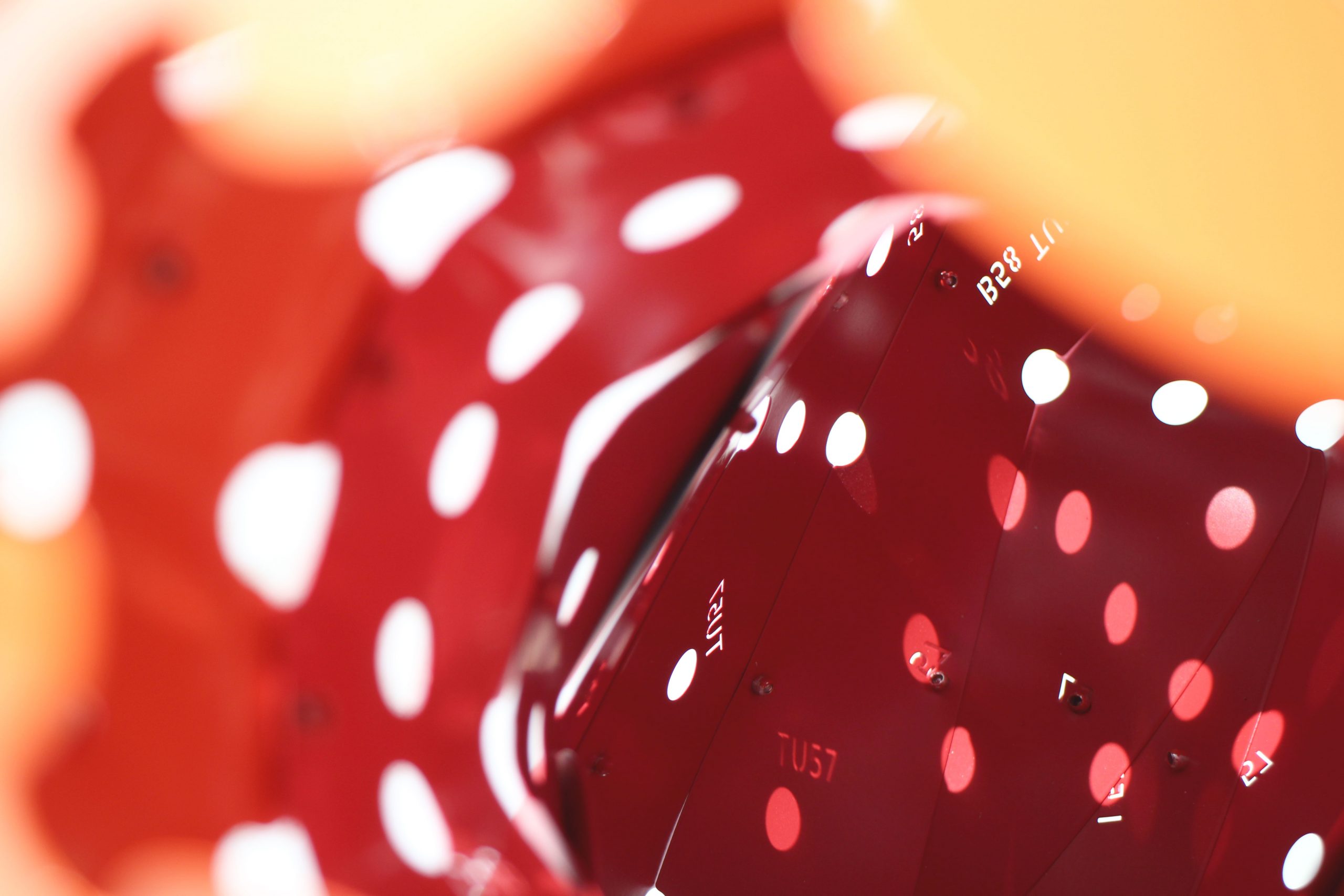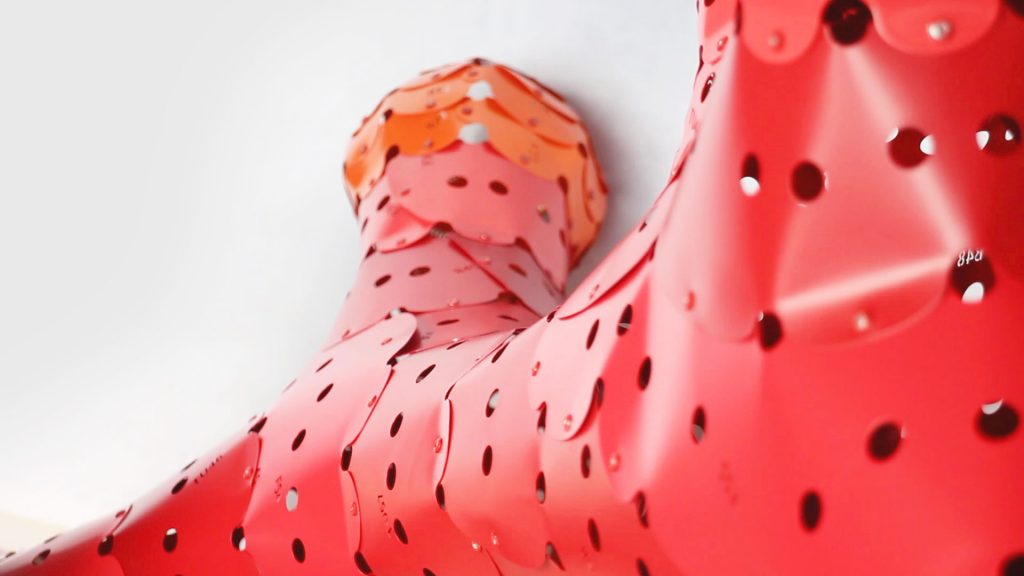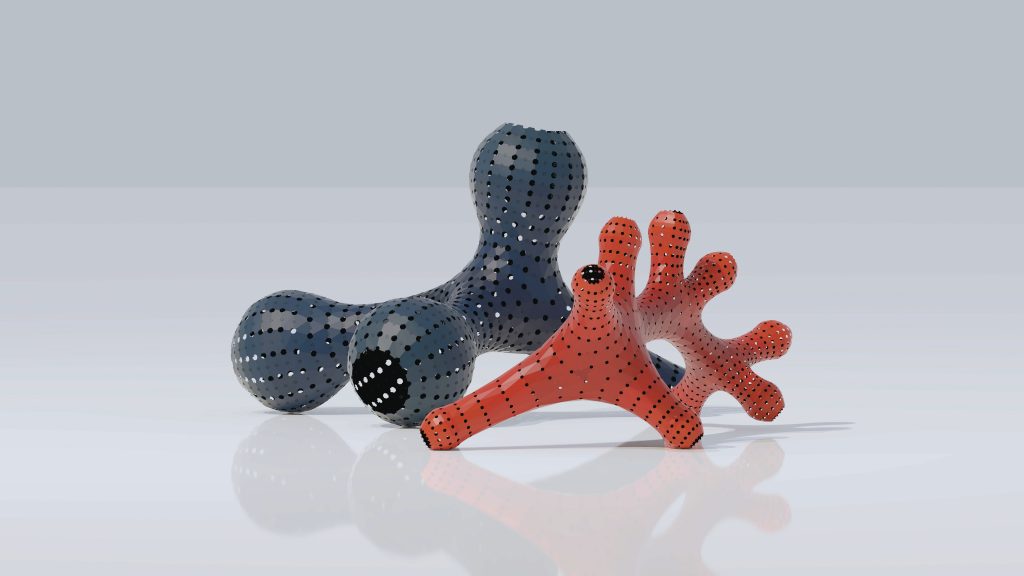Balancing Performance and Aesthetics: AntiCAD’s Computational Design for Acoustic Products

AntiCAD is revolutionizing the development of acoustic products through computational design, achieving a balance between performance and aesthetics. In the past, architects and designers often faced compromises when creating sound-optimized environments, as traditional materials and methods offered limited flexibility in form. Today, with advancements in parametric design, technologies such as Grasshopper Rhino and Rhino 3D allow for precise modeling that merges artistic expression with acoustic efficiency. By adopting approaches inspired by visionaries like Zaha Hadid, Arturo Tedeschi, and Elijah Yang, AntiCAD transforms acoustic products into architectural elements that are both functional and visually compelling.

The Role of Computational Design in Acoustic Innovation
Computational design plays a central role in creating acoustic products that are both adaptive and aesthetically appealing. AntiCAD uses parametric designs to generate products capable of adjusting to environmental and acoustic conditions in real-time. This capability enhances sound absorption, reflection, and diffusion, which is critical in spaces like auditoriums, open offices, and performance venues.
Tools like Grasshopper Rhino empower architects to test and refine acoustic models during early design stages. Through augmented reality architecture, designers can visualize how kinetic structures and parametric facades interact with both sound and light, ensuring each product integrates seamlessly within a building’s overall aesthetic. The modular nature of AntiCAD’s designs, supported by DFMA principles, reduces production costs and installation time while maintaining high performance standards.
Innovative use of 3D printing construction materials and low VOC materials enhances sustainability. AntiCAD’s computational approach demonstrates how performance and aesthetics are no longer mutually exclusive but are complementary aspects of modern architectural design.

Key Elements in AntiCAD’s Parametric Approach
AntiCAD’s computational design strategy incorporates several key elements that enhance both form and function in architectural spaces.
Acoustic Performance Optimization
Acoustic performance lies at the heart of AntiCAD’s product development process. By utilizing parametric design, the company creates structures that manage sound through precise calculations. Architects can customize products to target specific sound frequencies, ensuring optimized performance in diverse environments.
Grasshopper tutorials offer architects the tools to create highly adaptive designs that respond dynamically to changes in space and noise levels. This approach allows for environments where both sound clarity and comfort are enhanced.
Visual Integration with Parametric Facades
AntiCAD integrates its acoustic products into parametric facade architecture, enabling living facades and kinetic structures that enhance both interior and exterior aesthetics. These designs create a sense of fluidity, where surfaces adapt to external stimuli such as light and wind.
The influence of kinetic buildings, like those designed by Elijah Yang and Arturo Tedeschi, inspires AntiCAD’s work. By embedding acoustic products within parametric facades, designers achieve both artistic expression and technical performance.
Custom Design Flexibility
Through computational tools like Rhino 3D models, AntiCAD offers architects the flexibility to create custom designs. This enables the seamless incorporation of acoustic elements into complex geometries, often inspired by organic forms.
With architecture AR (augmented reality), architects can experiment with various design parametric models, ensuring that the final product aligns with the intended vision.

Applications and Benefits of AntiCAD’s Computational Designs
AntiCAD’s parametric approach allows for broad applications across different types of architectural projects. This flexibility enhances both functionality and aesthetics, making the system adaptable to a wide variety of needs.
Parametric Facade Design Integration
Parametric facade design introduces surfaces that respond to environmental changes, improving energy efficiency and occupant comfort. AntiCAD’s acoustic products fit seamlessly into these facades, enhancing both performance and visual appeal.
Modular and Sustainable Construction
Modular designs reduce waste and streamline manufacturing. AntiCAD uses DFMA principles and 3D printing construction materials to promote eco-friendly practices, minimizing environmental impact.
Dynamic Acoustic Control
Acoustic adaptability is achieved through parametric design architecture, which allows for the real-time adjustment of sound properties. Architects can create spaces that offer an optimal balance of sound reflection and absorption.
Collaborative Design and Visualization
AntiCAD leverages augmented reality to enhance collaboration among design teams. By visualizing parametric designs in real-time, architects and clients can make informed decisions early in the project.

Merging Innovation and Creativity with AntiCAD’s Design Philosophy
AntiCAD’s computational design approach represents a paradigm shift in the development of acoustic products. By integrating parametric design, kinetic structures, and augmented reality tools, the company creates products that balance performance and aesthetics seamlessly.
Visionaries like Zaha Hadid and Arturo Tedeschi have demonstrated how parametric design architecture can transform the built environment. AntiCAD builds on this legacy by offering customizable solutions that enhance both sound management and architectural expression. Through tools like Rhino 3D and Grasshopper Rhino, architects can explore new frontiers in design, where acoustic optimization and artistic creativity coexist harmoniously.
With living facades, sustainable materials, and real-time visualization, AntiCAD’s work paves the way for a new era of adaptive and sustainable architecture. Their commitment to innovation ensures that architects can continue to push boundaries, creating spaces that inspire and perform at the highest level.
References
- Cammarata, G., & Sciacca, A. (2023). Exploring acoustic performance integration at early stage of design: A parametric modelling approach. Proceedings of the International Congress on Acoustics, 307, 1-8. https://dael.euracoustics.org/confs/fa2023/data/articles/000307.pdf
- Kirkegaard, P. H., & Kongsgaard, M. (2016). Parametric acoustic surfaces. Proceedings of the International Conference on Structures and Architecture, 1, 1-8. https://adk.elsevierpure.com/en/publications/parametric-acoustic-surfaces
- Peters, B. (2013). Integrating acoustic analysis in the architectural design process. Proceedings of the Symposium on Simulation for Architecture and Urban Design, 1-8. https://www.semanticscholar.org/paper/Integrating-Acoustic-Analysis-in-the-Architectural-Peters/3936f06c5a463fddb19016527709154f6594c7e9
- Astolfi, A., & Baldan, A. (2020). Stage acoustics and parametric design: The development of an acoustic design tool. Building Acoustics, 27(4), 241-254. https://doi.org/10.1177/1351010X20971102
- Mayell, M., and Hoffman, I. (2016). Parametric design applications in architectural acoustics: Generation and optimization of reflective surfaces for specific source-receiver combinations. Retrieved from https://www.researchgate.net/publication/302069717_Parametric_design_applications_in_architectural_acoustics-Generation_and_optimization_of_reflective_surfaces_for_specific_sourcereceiver_combinations
Share